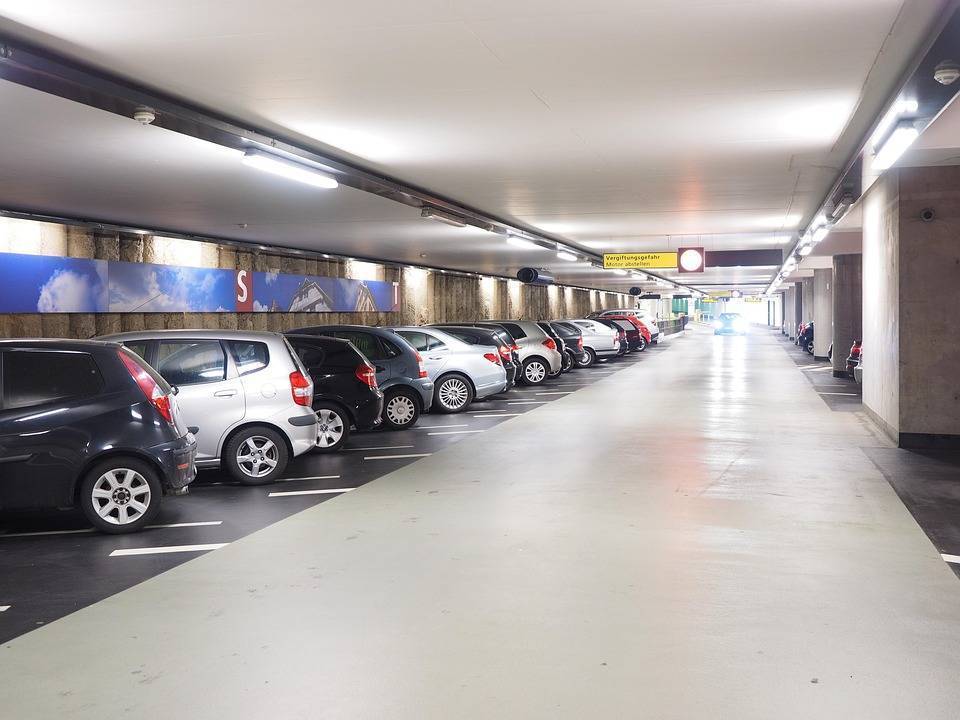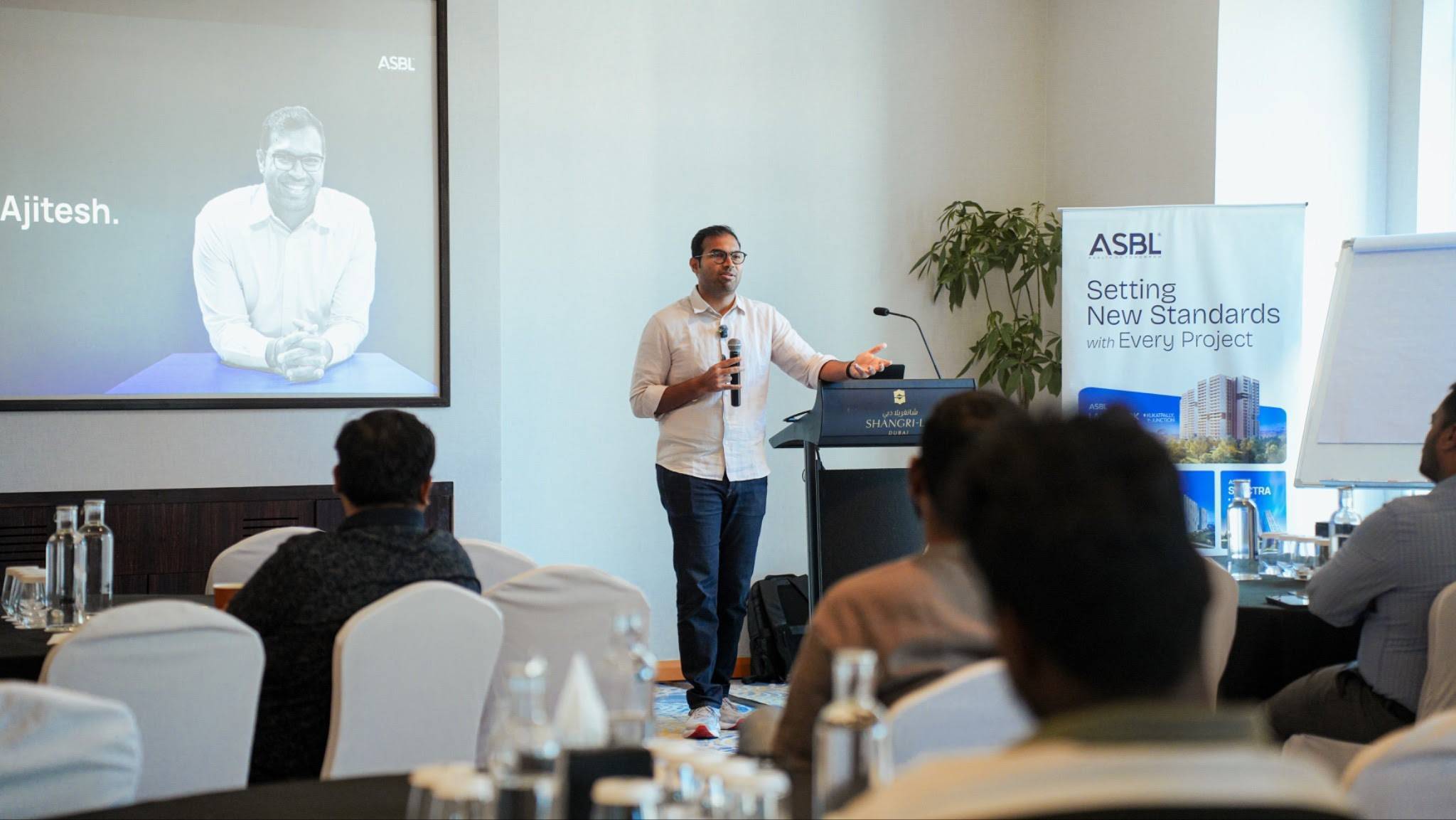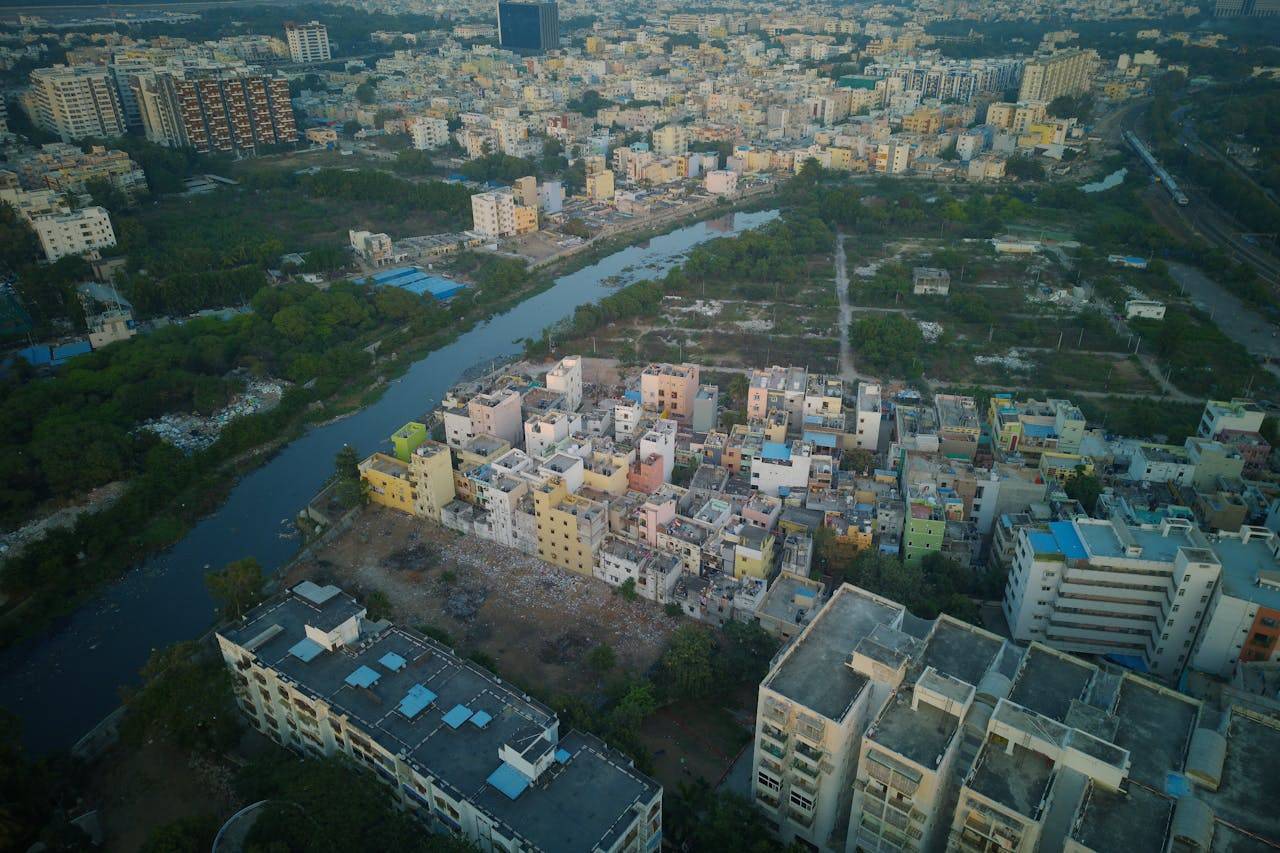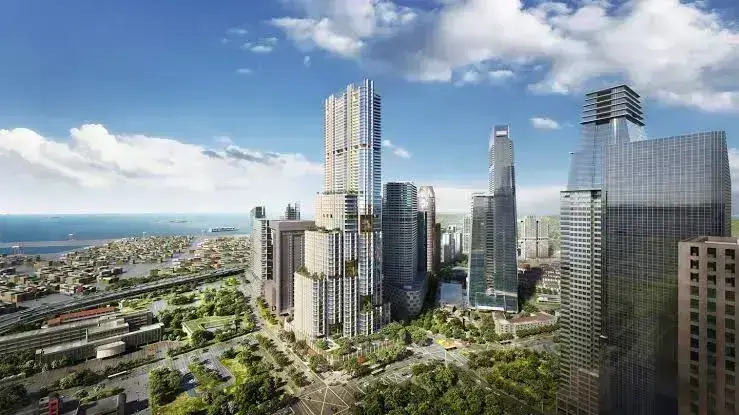Bengaluru’s civic body, Bruhat Bengaluru Mahanagara Palike (BBMP), has initiated a significant shift in its property tax framework, specifically targeting the taxation of parking areas in both residential and commercial buildings. The new system moves away from the earlier zonal classification method and adopts a uniform rate based on the Unit Area Value (UAV). While it is expected to streamline the taxation process and potentially benefit commercial properties such as shopping malls, many residential property owners are likely to face increased tax liabilities, according to real estate experts.
From Zonal Classification to Standardized UAV Method
Under the previous system, property tax for parking spaces varied according to the zone classification of the building—categorized from A to F based on the location's value. For instance, a homeowner in Zone A might have paid ₹1,875 annually for a 150 sq ft parking area, while someone in Zone F would have paid ₹750 for the same. These charges were calculated based on 50% of the prevailing property tax applicable to the overall built-up area and were sensitive to zonal differences.
The new structure replaces this with a uniform rate, which BBMP officials claim is more predictable and transparent. Under the revised guidelines, homeowners will be taxed at 20% of the parking area at ₹2 per square foot, for 10 months of the year. This comes to ₹600 per month for a standard 150 sq ft parking area (0.2 × ₹2 × 150 sq ft × 10 months). For commercial properties, the rate is slightly higher, with 25% of the parking area being taxed under the same ₹2 per sq ft valuation.
Impact on Residential Owners
While this shift may simplify calculations, the change does not come without consequences. Experts suggest that for many residential property owners—especially those who purchased apartments in lower-zoned areas—the new tax burden is significantly higher. The increase from ₹750–₹1,875 annually to ₹6,000 per year (₹600 × 10 months) marks a steep rise.
This hike is particularly contentious because apartment owners argue that they already pay property tax on their super built-up area, which includes parking spaces, corridors, lobbies, and other common areas. As such, the new taxation method appears to many as a form of double taxation.
Anil Kalgi, Secretary of the Bangalore City Flat Owners’ Association (BCFOA), raised serious concerns over the move, calling it unconstitutional and in need of closer examination. He pointed out that homeowners have already paid property tax on the super built-up area, which includes common spaces like corridors, parking areas, and lobbies. With the proposed revision, he warned that many flat owners could face an increased tax burden.
Possible Benefits for Commercial Establishments
In contrast, commercial spaces such as malls and large office buildings stand to gain from the standardization. Many such establishments are located in higher-value zones, where tax rates under the previous system were significantly higher. For them, the uniform rate offers relief, and the clarity of the UAV-based system can facilitate easier budgeting and compliance.
Ongoing Financial Pressure
For homeowners, the parking tax revision adds another layer to existing financial pressure, especially as property values continue to rise and municipal bodies periodically revise tax slabs. The cumulative effect of higher maintenance costs, rising home loan EMIs, and now elevated property taxes is prompting many residents to reassess their annual housing budgets.
Industry observers caution that BBMP’s move, while aimed at creating consistency, lacks nuance. “Uniform rates do not consider socio-economic disparities between different city zones. This is especially problematic in a city like Bengaluru, where living conditions, infrastructure, and property values vary widely from one neighborhood to another,” said a senior tax consultant working with residential societies.
Legal and Policy Considerations
The change has also raised legal questions. Several housing associations are now examining whether the BBMP's policy could be challenged on constitutional or procedural grounds. There are also concerns about whether the new tax can be retroactively applied to older buildings or whether it only affects newly assessed or updated properties.
Meanwhile, the BBMP continues to emphasize the ease and predictability the new system offers. With their digital property management systems now enabling homeowners to receive e-khatas within 48 hours of application, the civic body has also attempted to present itself as more responsive and transparent.
Roadside Parking Still Unaddressed
Another issue that remains unresolved is the matter of roadside parking. Many experts believe that while the BBMP is focused on parking within private buildings, it has yet to formulate a clear policy on roadside parking, which remains rampant across the city. “Whether roadside parking is illegal or should be taxed has yet to be addressed by the BBMP,” added Kalgi.
While the new parking tax framework may simplify administration for BBMP and offer clarity to commercial property owners, its implications for residential homeowners are more complex. The uniform tax rate, when applied without regard to existing property valuations and prior tax structures, may disproportionately affect those in mid- to lower-zoned areas.









.png)